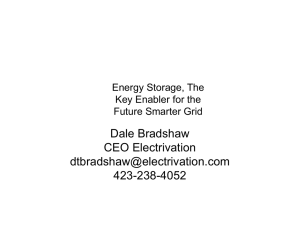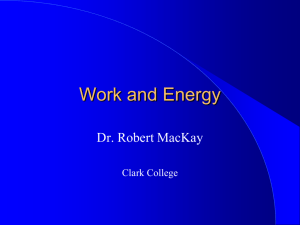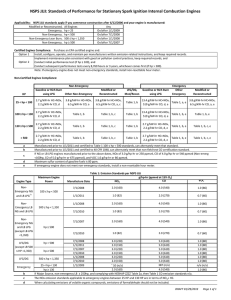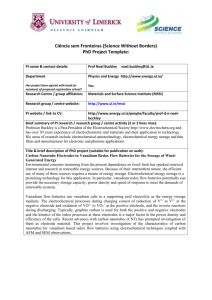Metal-free organic-inorganic aqueous flow batteries
advertisement
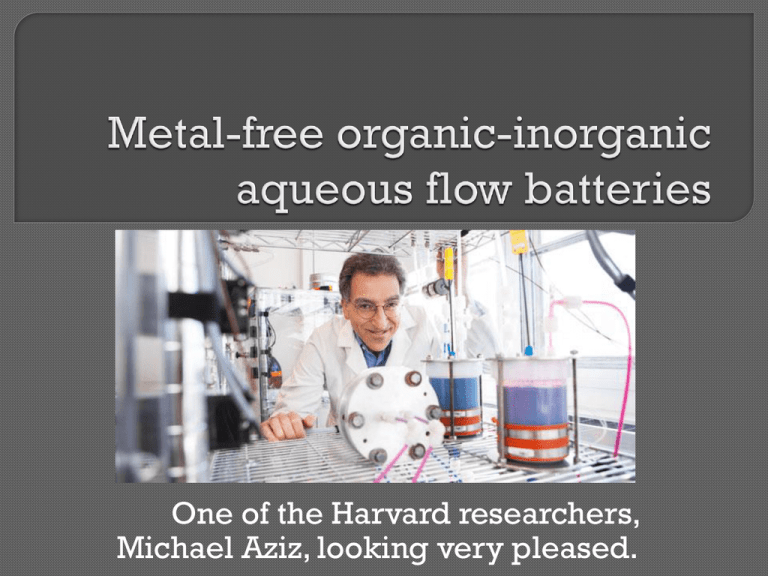
One of the Harvard researchers, Michael Aziz, looking very pleased. Similar to both a battery and a fuel cell. Energy stored in the electrolyte instead of the electrodes. Capacity for energy storage is independent of power handling capacity. High storage capacity retention per cycle. Uses Bromine and 9,10-anthraquinone-2,7-disulfonic acid (AQDS). Metal-free molecules are larger and cheaper. Each molecule holds two units of electric charge, allowing twice the energy storage per unit volume over the one unit available in metal-based flow batteries. The target cost of making a storage system feasible is $100 per kW-hr. Lead-acid batteries cost about $250 per kW-hr. Vanadium flow batteries cost $700 per kW-hr. It is too early to determine the total cost of a metal-free flow battery but the cost of the electrolyte is about 1/3 that of vanadium. Vanadium contributes $81 per kW-hr to the total cost while AQDS/bromine costs only $27 per kW-hr. Still much remains to be done to bring the cost down.

